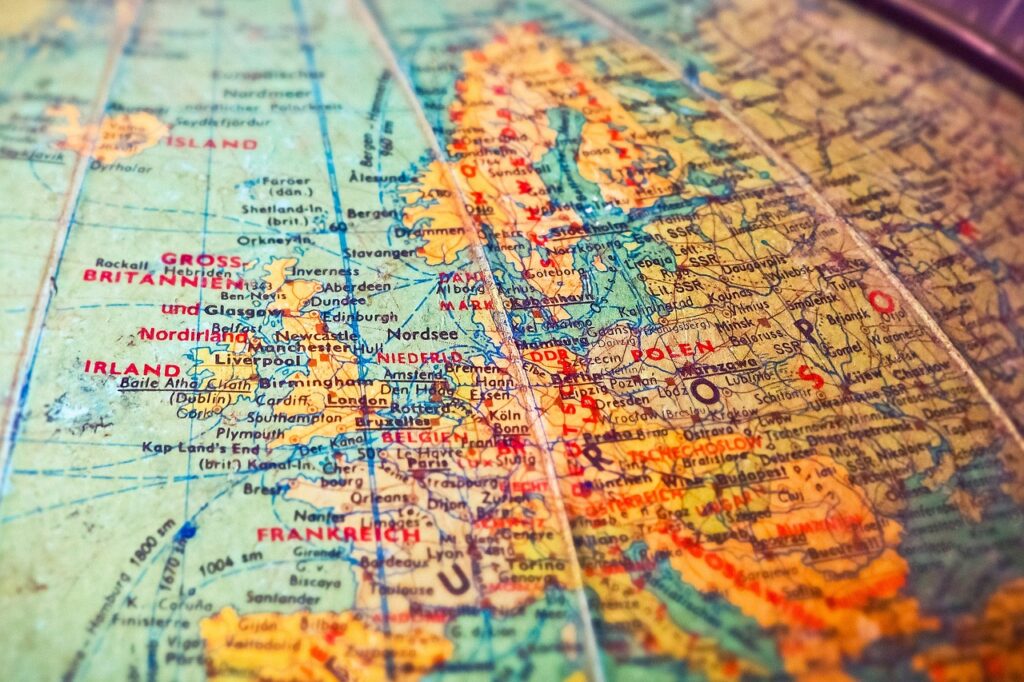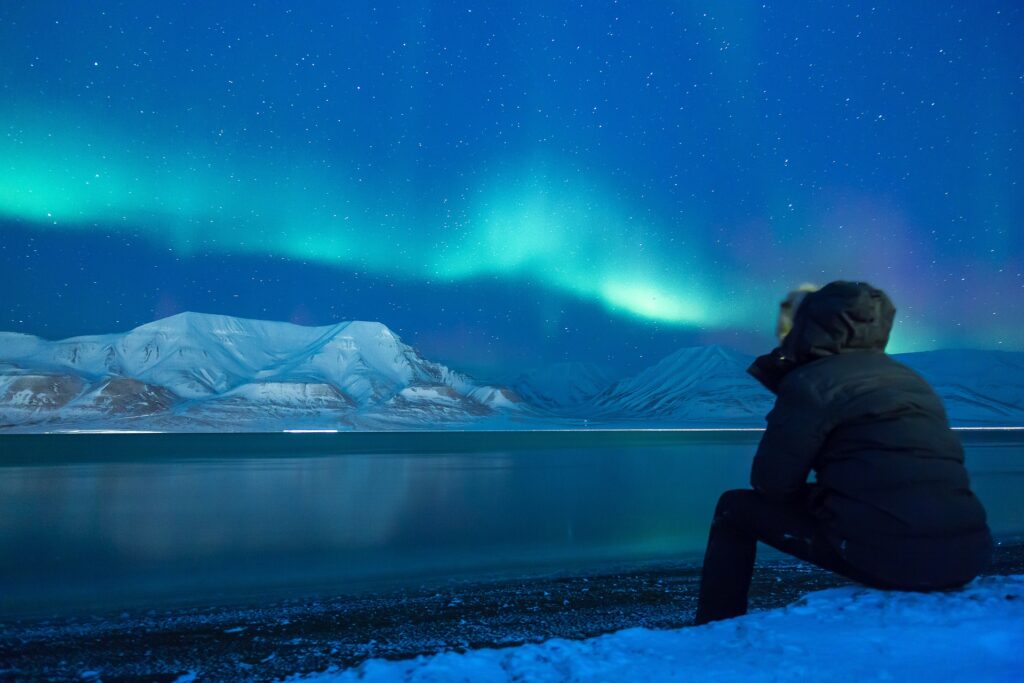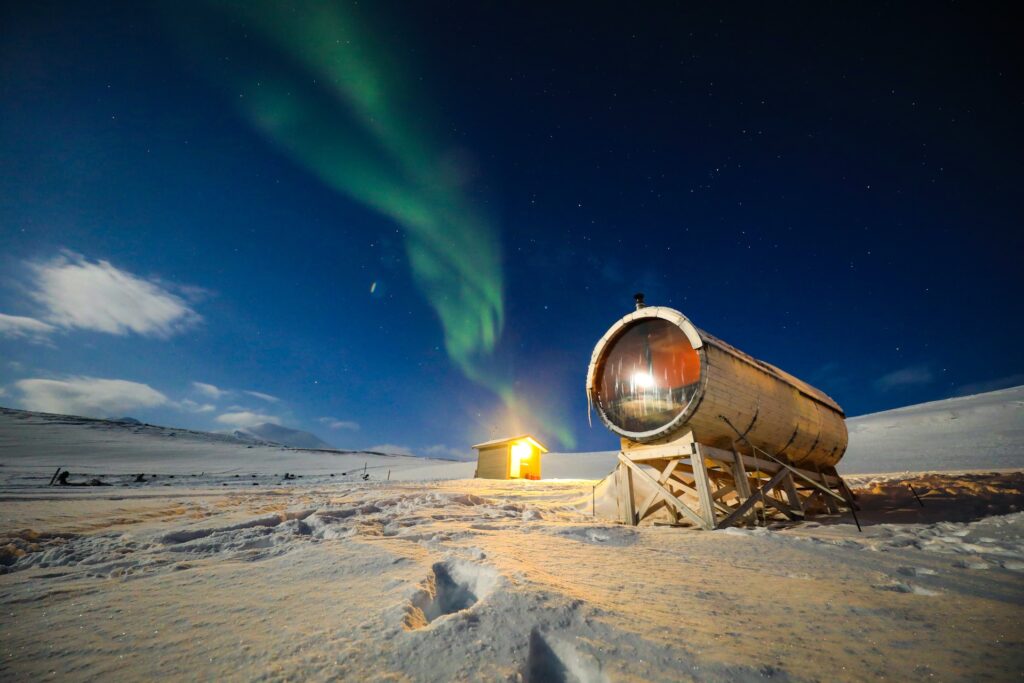Best Places to See the Northern Lights in October 2023
In the refreshing and captivating aura of October, the natural world reveals one of its most splendid wonders: the Northern Lights, or as scientists call it, the Aurora Borealis. Northern Lights in October hold a particular allure, offering a unique opportunity to witness this celestial dance of light. Your Gateway to the Northern Lights in October When it comes to witnessing the mesmerizing Northern Lights in October, the Nordic countries emerge as prime contenders. Their strategic location in the high latitudes offers some of the world’s most dependable chances to witness this celestial spectacle. In fact, the crisp, autumnal air and minimal light pollution provide ideal conditions for the Aurora Borealis to appear. That being so, let’s uncover the best Nordic destinations to experience the Northern Lights in October. This way, your journey to witness the enchanting Northern Lights in October will be nothing short of magical. Northern Lights in October: October’s Auroral Advantage A combination of factors makes October a remarkable month for Northern Lights enthusiasts in the Nordic countries. Firstly, as autumn unfolds, the nights grow longer, granting ample time for the Northern Lights to grace the skies. These extended hours of darkness provide excellent opportunities for avid spectators to catch a glimpse of the captivating celestial display. Secondly, October often witnesses favorable geomagnetic conditions conducive to heightened aurora activity. Solar activity, including phenomena like solar flares and coronal mass ejections, plays a pivotal role in influencing the appearance of the Northern Lights. During this month, Earth’s magnetic field tends to align in ways that increase the likelihood of geomagnetic storms, significantly boosting the visibility and intensity of the Northern Lights. This alignment is like nature’s own light show, making October a particularly exciting time for aurora enthusiasts. Moreover, the relatively mild autumn weather in these regions, before the onset of the harsh winter, adds to the appeal of October for aurora chasers. Comfortable temperatures ensure that those embarking on Northern Lights expeditions in October can do so without enduring the extreme cold that often characterizes the winter months in these high-latitude areas. The crispness of the air, coupled with the beauty of fall foliage, creates an enchanting backdrop that further enhances the Northern Lights experience. After all, October is a season of unparalleled natural beauty in the Nordic countries. The Northern Lights Quest: October’s Scandinavian Highlights The Northern Lights Quest: October’s Other Nordic Highlights Aurora’s Elusive Beauty: A Humbling Reminder All these handpicked destinations offer excellent prospects for experiencing the ethereal beauty of the Aurora Borealis in October. However, it’s important to remember that nature, with all its mystique, doesn’t always adhere to our expectations. Viewing the Northern Lights, a display orchestrated by solar winds, geomagnetic activity, and atmospheric conditions, cannot be guaranteed. Factors like weather and solar activity can be unpredictable, and patience is often the key to unlocking this celestial spectacle. So, as you embark on your Northern Lights quest, keep in mind that the true magic lies in the chase. Accept the mysterious nature of the Northern Lights, a natural phenomenon that remains as enigmatic as it is enchanting.
Best Places to See the Northern Lights in October 2023 Read More »









